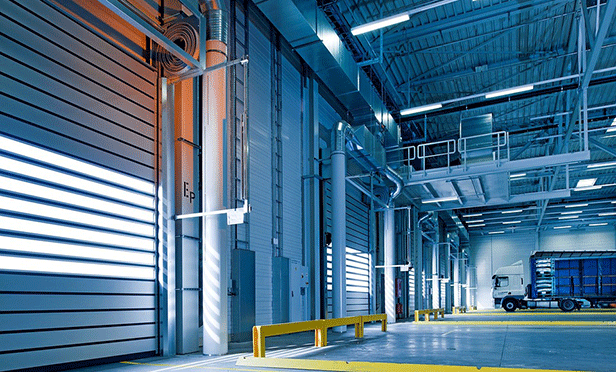The new technologies we only read about a few years ago are here. The internet of things, streaming and 5G, artificial intelligence, autonomous vehicles, online streaming and e-commerce services are all coming in fast and furious. And they promise to touch the lives of many Americans.
With the development of autonomous vehicles, internet of things devices and high-resolution content for artificial intelligence and augmented reality, Pacer ETF analysts predict that total global internet traffic is expected to reach 2.3 zettabytes of data by 2020, which is nearly doubled from 1.2 zettabytes in 2016.
"All of the new technologies and services like 5G internet speeds and connectivity, increased streaming service capabilities, internet of things, ecommerce and artificial intelligence use up massive amounts of computing power and eat up space on servers," says Sean O'Hara, President of Pacer ETF. "In order for these technologies to become even more mainstream, we need a significant build up in the amount of computing power available. Most of this will come in the form of cloud computing, and cloud computing relies on large data centers to house server farms, which is what a company like Equinix builds."
The future of 5G depends on a data and technology provider's ability to offer the necessary infrastructure to enable this growth. For this to happen, it the real estate industry must step up. For instance, industrial REITs integrated into e-commerce distribution, logistic networks and self-storage facilities will play key roles in the success of data expansion.
"There will be a growing demand for specialty real estate warehouses and data centers to house larger server centers," O'Hara says. "Many of this space will be required by the big tech companies like Amazon and Microsoft as they continue to expand, however they are only a part of the ecosystem that relies on high-end computing power. These cloud service computers will need to connect and communicate with other computers."
It's common for commercial buildings to experience cellular connectivity issues with 4G LTE. This may worsen with 5G. "Unfortunately, this dilemma will only deepen as people begin to depend on the higher frequencies utilized by 5G," O'Hara says. "5G requires a lot more antennas and boosters to maximize its capabilities. This will have to be addressed on a property-by-property basis and it is something for real estate owners to keep in mind with both old and future properties."
Already, REITs and c-corps are updating their infrastructure to accommodate this flow of data, according to Pacer. O'Hara expects higher-density areas to have an even larger buildout for 5G due to the population and number of devices that will be connected.
"5G and the build out of server farms for increased computing and processing power is already underway across the United States," O'Hara says. "The infrastructure build out is happening as we speak in order to accommodate this next wave of technology and advancement."
Want to continue reading?
Become a Free ALM Digital Reader.
Once you are an ALM Digital Member, you’ll receive:
- Breaking commercial real estate news and analysis, on-site and via our newsletters and custom alerts
- Educational webcasts, white papers, and ebooks from industry thought leaders
- Critical coverage of the property casualty insurance and financial advisory markets on our other ALM sites, PropertyCasualty360 and ThinkAdvisor
Already have an account? Sign In Now
*May exclude premium content© 2025 ALM Global, LLC, All Rights Reserved. Request academic re-use from www.copyright.com. All other uses, submit a request to [email protected]. For more information visit Asset & Logo Licensing.









